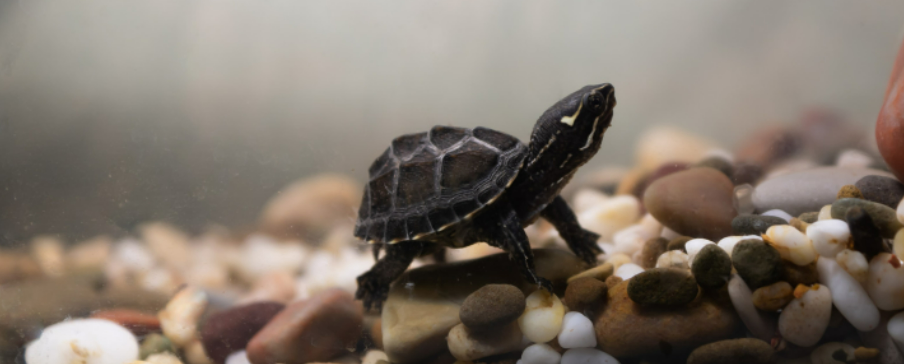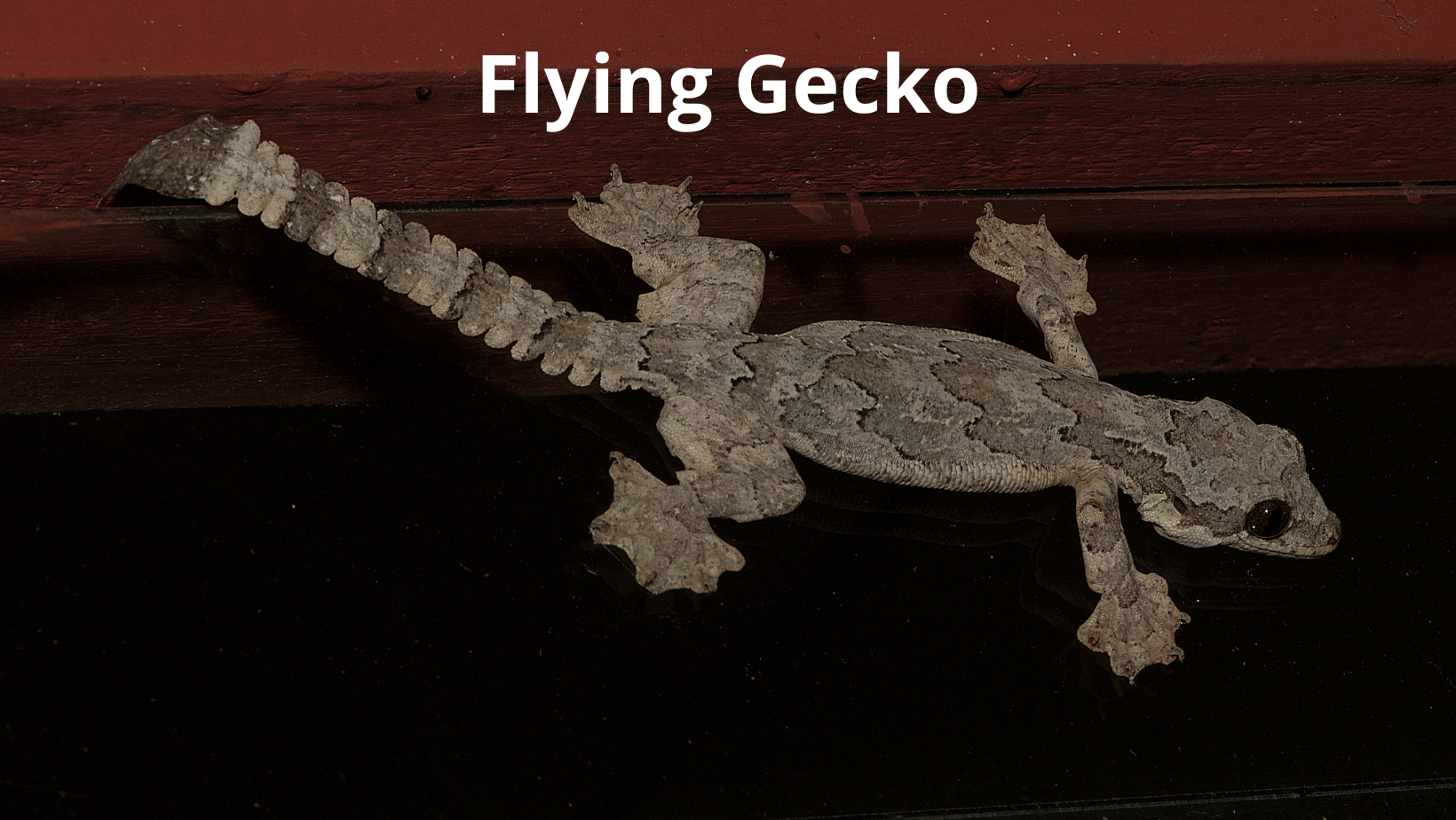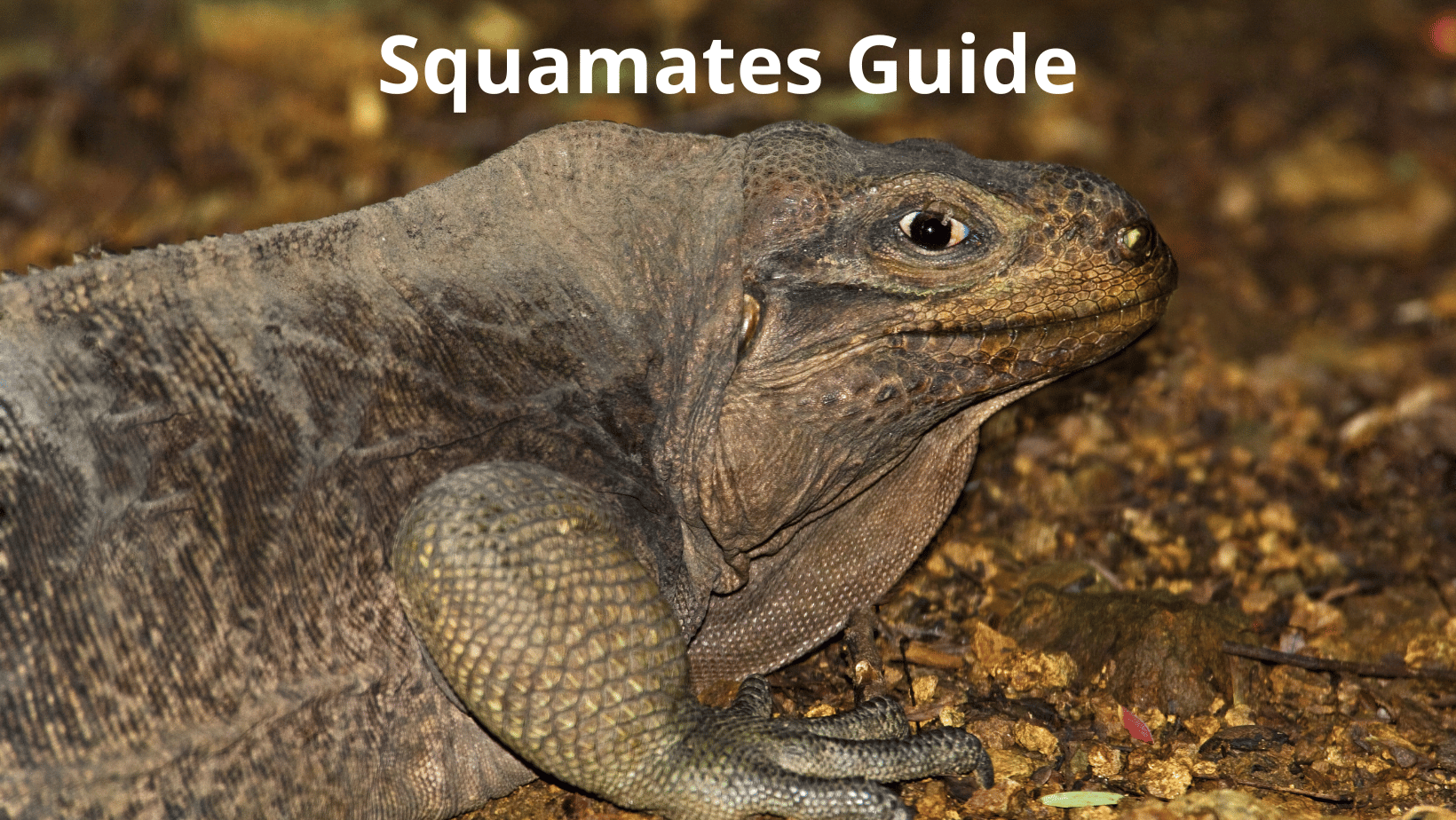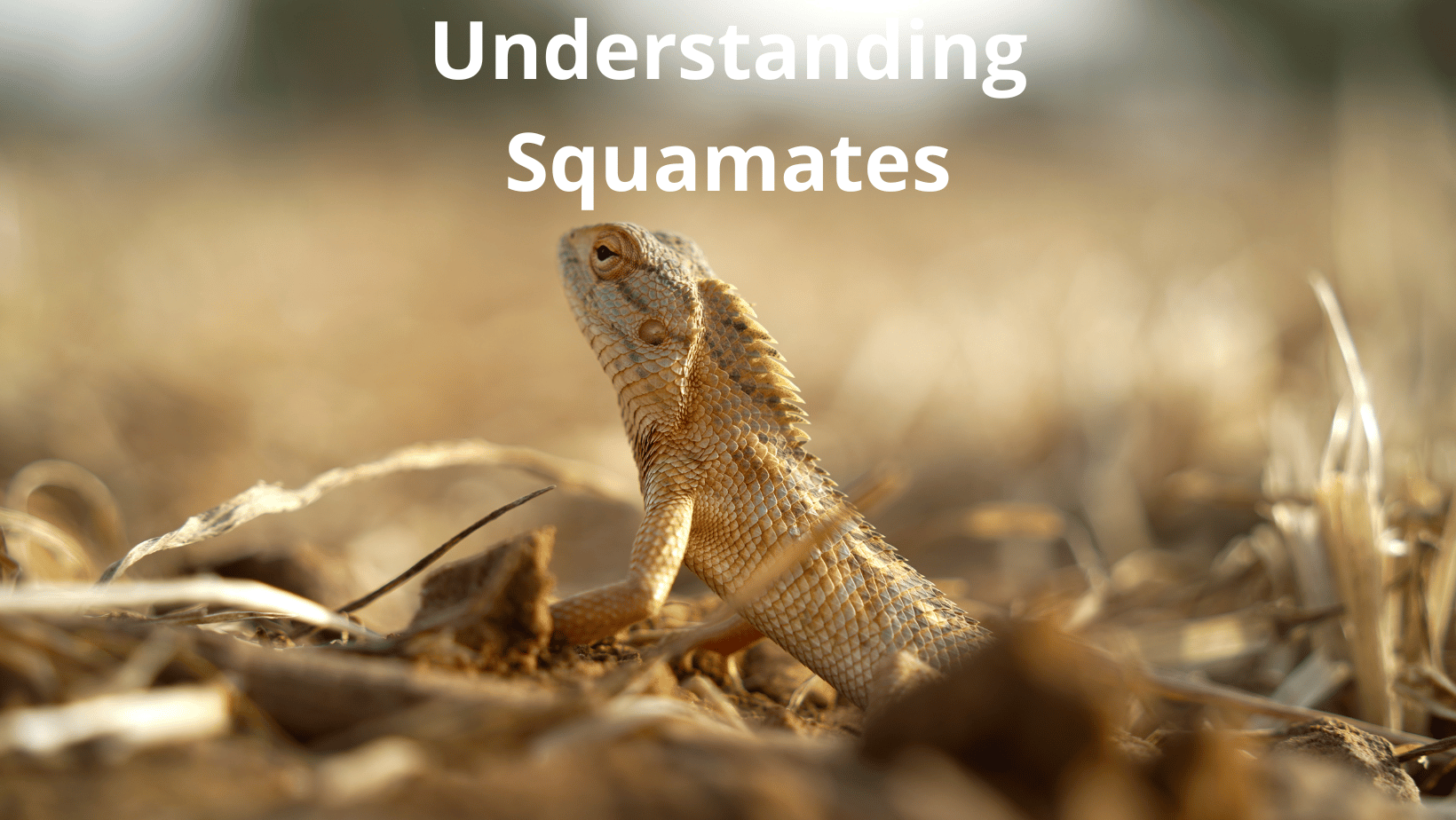Do you love small things? If so, you’re going to adore small pet turtles! These little guys are irresistibly cute, and they make great pets for people who want something low-maintenance. In this blog post, we’re going to introduce you to six tiny baby turtles that will melt your heart!
To be honest, tiny pet turtles are just too adorable. So appealing that, in the United States, a regulation was established prohibiting the commercial sale of turtles under four inches in length.
This occurred in 1975, when two decades of baby turtles being sold by mail order or in “dime stores” came to an end. The Food and Drug Administration (FDA) decided to prohibit these tiny turtles because so many children were putting them in their mouths and getting sick from salmonella.
In reality, hundreds of thousands of turtles who would have otherwise perished made it to adulthood as a result of the legislation. Fortunately, many people have learned their lesson. This means that thousands of individuals across the globe still yearn for these tiny reptiles as they had years ago.
However, when it comes to the well-being and health of the turtle, personal pet ownership goals should take a back seat. Turtles may grow over time, so pick your tiny turtle only after you’ve evaluated the average adult size of that species.
With that in mind, let’s talk about the cutest tiny turtles!
Common Musk Turtle, small and popular
The common musk turtle is one of the most popular small pet turtles. They’re small, hardy, and easy to care for, making them a great choice for novice turtle owners.
Size: 2-4.5 inches

Common musk turtles can grow up to six inches in length, but most specimens sold as pets are much smaller. They live for around 20 years in captivity, and they’re relatively easy to care for.
One of the best things about common musk turtles is that they’re not as dependent on water as other small turtle species. They can even live in a completely terrestrial setup if necessary.
The typical Musk turtle may be quite tiny when full grown, with the females being somewhat smaller than the males. They can be found throughout most of eastern North America in their native environment.
However, unlike other turtles, they dislike brackish water and spend the winter buried in mud.
These tiny turtles are excellent climbers and will frequently climb high into trees, so if you want to keep one in an aquarium, be sure it can’t get out.
The Musk turtle’s home should be deep enough to submerge it completely. It does not need as much water (approximately 18 inches) as other turtles do.
No substrate is necessary, although if you want to make your aquarium more attractive, larger gravel is acceptable.
Interesting Fact: Did you know that the Common Musk Turtle is also known as the “stinkpot” turtle because of its acidic discharge, which gives it a musky fragrance?
In the wild, the common musk turtle consumes little invertebrates like snails and mollusks. This turtle will enjoy worms, crickets, and cut-up fish as a pet.
This turtle does not need to bask as much as other turtles, thus a 90°F basking spot is sufficient.
Like all small pet turtles, a UVB source should be accessible to assist them absorb nutrients. If you keep the water temperature between 72°F and 78°F, your turtle will be delighted.
Michigan Spotted Turtle, small but hardy
The Michigan spotted turtle is a small, hardy turtle that makes a great pet for novice turtle owners.
The Michigan spotted turtle is one of the smallest turtles in North America, typically measuring about three to four inches in length. They are found throughout the eastern United States, from Michigan to Maine.
This small turtle has a black shell with yellow spots, hence its name. The Michigan spotted turtle is a shy creature that prefers to live in murky water with plenty of vegetation.

Size: 3-4 inches
The spotted turtle can range in size from 1 to 5 inches, but don’t get your hopes up thinking your pet will be no more than an inch long. By adulthood, the majority of these turtles grow to between 3 and 4 inches in length.
The Michigan Spotted turtle is found throughout Michigan, but its natural environment extends all the way across the United States’ great last and Eastern Coast.
The yellow polka dots on this turtle’s back are distinctive. As the turtle matures, these markings fade and become golden in color. It’s also possible to find a spotted turtle that isn’t marked.
The Michigan Spotted turtle has a broad, smooth carapace that is either brown or black in color and is an attractive creature.
It’s a wonderful companion for beginning turtle owners since it has no issues flourishing in captivity.
A semi-aquatic tortoise will need some land area in its enclosure and an aquarium of at least 20 gallons, but a bigger aquarium would offer you more room to landscape and the turtle additional area to swim.
The aquarium’s water should be between 3 and 6 inches deep, with a temperature of 75°F to 85°F. With the ideal conditions, you should be able to maintain an ambient temperature of 80°F to 86°F and a basking spot of 88°F.
Spotted turtles are voracious eaters, and they enjoy eating a wide range of foods. This is just one more reason why keeping them is so simple.
Spotted turtles can eat:
- pink (baby) mice
- crickets
- commercially prepared turtle food
- pre-killed adult mice
- fish (frozen or live)
- worms
Reeve’s Turtle, a small turtle from Asia
The Reeve’s turtle (Mauremyx reevesii) is a 5-6″ long, semi-aquatic, diurnal turtle native to east Asia. They want slow-moving freshwater habitats, although they are more aquatic as youngsters than adults.

Size: about 6 inches.
The Reeve’s turtle, often known as the Chinese Pond Turtle, is a species of pond turtle native to Asia and found in countries including China, North and South Korea, Taiwan, and Japan.
They are easy to come by since they breed easily in captivity and are more prevalent during the warmer months of May through September.
The Reeve’s turtle is not the smallest of tiny turtles. The biggest turtles of this species can reach 9 inches in length, but they are usually about 6 inches long and females are generally larger than males.
They thrive in still or slow-flowing water, which may be found in remote marshes, swamps, and even submerged rice paddies.
The little pet turtles are not wonderful swimmers, which is rather strange. They perform better in water that is not too deep but deep enough so that they can right themselves if they fall on their backs. A great rule of thumb is to provide 1.5 times the length of their shell in water. A six-inch turtle would require around 9 inches of water when using those figures.
Because Reeves Turtles aren’t as tiny as other little turtles, and because they’re so energetic, they require a lot of room. The minimum tank size for one turtle is 50 gallons, but each additional turtle will need at least another 15 gallons of space. Baby turtles require a 10 to 15-gallon tank to begin with.
Expert Advice: Don’t want to worry about creating the ideal aquarium for your turtle? Why not consider a pet tortoise? Tortoises are wonderful pets for both kids and adults, with their own set of distinctions from turtles (from habitat to care and beyond) that may make them more appealing pets for some.
The Reeve’s turtle requires a basking area that is not optional, and they prefer things to be on the warmer side. The Reeve’s turtle prefers a temperature range of 80°F to 85°F, with a balmy ambient temperature of 75°F to 85°F and water temperatures of 70°F to 80°F. In addition to heat, the Reek’s turtle needs a shaded area and somewhere to hide away.
Turtles such as Reeve’s turtle (both genders) may be territorial and should therefore be handled carefully. They can get aggressive with one another, but they seldom do any harm.
That being said, this turtle is probably best suited for a somewhat experienced turtle owner.
Mississippi Mud Turtle, small and beutiful
The Mississippi Mud Turtle is a small, stocky turtle with a brownish black shell and a yellow to green underside. It is the smallest of the sliders and ranges in length from 2.5 to 4 inches.

Size: about 4 inches
Despite their name, these tiny pet turtles are most often encountered in southern Missouri and eastern Oklahoma, although they may be found throughout Texas to New York.
The coloring of this turtle is not obvious, since it ranges from black to brown and may be mottled, with a yellow underside. They usually have one or two yellow stripes on the side of their head, making them easier to tell apart from other turtles in the region.
Although these tiny pet turtles are typically only three and a half to four inches long, they may grow large enough to reach eight inches. When baby turtles are born, they are just one inch long, so there is plenty of growth to go around before they attain adult size.
In captivity, Mississippi mud turtles require a habitat that replicates their environment in the wild. At the very least, a 40-gallon aquarium is required for small individuals, but 50 to 100 gallon aquariums are ideal.
If you’re creating a custom aquarium for a Mississippi mud turtle, aim for 6 inches of aquarium floor per inch of adult turtle. A turtle that is 6 inches long should have at least 36 inches of floor space to move, according to those parameters.
Because these turtles enjoy traveling, long aquariums, rather than tall ones, are preferable.
The aquarium floor should be free of gravel or covered in larger rocks that the turtle cannot swallow. Every two weeks, the rocks needs to be disinfected.
The aquarium will require an excellent external cannister filter to keep the water clean. The temperature should be between 74°F and 84°F. Maintain the temperature using a submersible heater.
A basking lamp should be hung over a stone or log in the aquarium. The basking area temperature should be kept between 85°F and 92°F.
In the wild, the Mississippi mud turtle will consume a range of aquatic animals including mussels, insects, and crayfish. They will also consume some plants and even a few tiny amphibians if they are unfortunate enough to encounter the turtle’s path.
As these mud turtles consume insects, they can be fed with worms, small or medium feeder fish, and other invertebrates as part of their regular diet.
Turtles can be fed a commercial diet, but many individuals prefer to have them eat a mostly commercially prepared diet. Commercial food may be added on occasion; however, some people rather have the turtles feed primarily on commercially produced foods.
Bog Turtle, feisty small pet turtle
Bog turtles have a dark brown shell and a light colored underside. They are found in the eastern United States, specifically in New Jersey, Pennsylvania, Virginia, and North Carolina. The bog turtle is a small but feisty turtle that is known to be quite aggressive when it feels threatened.

Size: 3-4 inches.
This turtle’s name is a little on the nose. Is it not normal for most turtles to like bogs? This one, however, enjoys bogs in two key regions of the United States.
Bog Turtles are found in New York, Connecticut, Massachusetts, Pennsylvania, New Jersey, Delaware, and Maryland. The southern population is found in Virginia, Tennessee, South Carolina, North Carolina, and Georgia.
Both of these species are vulnerable to extinction due to the black market trade in Bog Turtles. If you acquire one, make sure it comes from a reputable breeder who sells only captive-bred bog turtles.
Bog turtles are so popular because they are the tiniest native turtle in the United States. In fact, the longest Bog turtle ever found was only 4.5 inches long!
The majority of the little freshwater turtles are about 4 inches long, with a few less than 3 inches in length. If size is critical for you, this turtle is ideal.
A 40-gallon aquarium is sufficient for one or two turtles, but always provide them with the most room feasible.
A bog turtle’s distinctive yellow or orange splotches may be seen on either side of its temple. Their shell is typically dark brown or black, with red or brown streaks embedded throughout it.
This turtle can live in a variety of habitats. You should house male turtles separately to avoid fighting, but other than that, they are very adaptable and can live in many different environments. They are also hardy and will eat just about anything.
If you want to breed small pet turtles, this is also done easily in captivity. You simply need to place two turtles of the opposite sex together and they will do the rest. Be sure to provide a large enough aquarium for them to live in, and make sure they have plenty of food and fresh water.
A basking spot of between 85°F and 90°F should be maintained for water to be cleaned regularly and heated to 65°F to 75°F.
In addition to a varied diet of insects, worms, and fruit and vegetables, it’s important to give these small pet turtles a healthy dose of protein. This can be accomplished by feeding them small feeder fish, crayfish, or other invertebrates on a regular basis.
Diamondback Terrapins, hardy and small pet turtle
The Diamondback Terrapin is a small, hardy turtle that is found in brackish and salt water habitats in the eastern United States. This small pet turtle is unique in that it can tolerate high salinity levels and is one of the few turtles that can live in full-strength ocean water.

Size: between 5 and 9 inches
The difference in size between the sexes of this extremely popular turtle is quite significant. The males are typically about 5 inches long, whereas the females can reach up to 9 inches.
The easiest way to sex the Diamondback Terrapin is to look at their tales. The males have much wider and longer tails than females.
The male will be smaller than the female with a tail that is approximately three times as long after they have finished developing. Males mature considerably faster, too. If you’re inexperienced, it might be difficult to distinguish the genders and sexing when they’re very young, and if you’re getting a kid, you’ll need to seek assistance.
There are seven types of Diamondback Terrapins. They all live near the Eastern and Southeastern coasts of the United States. Some populations live near Texas and Florida.
They have a distinct appearance with a high contrast carapace (shell) that is yellow and orange, as well as lighter limbs and skin that are grey and white.
There are many color variations of this turtle, and their skin is frequently seen, or their shell could be grey or white with little orange and yellow markings.
Interesting Fact: Due to their decreasing numbers, you are not allowed to collect or keep a Diamondback Terrapin in Connecticut. In fact, the Diamondback Terrapin was categorized as a “species of special concern” under the State Endangered Species Act on Connecticut’s state website.
The Diamondback Terrapin personality is modest, but the females are more aggressive and are more inclined to bite. Due to their larger size, females need additional attention when handled.
Although adult terrapins can be crowded, tiny nips between them may cause infighting. For one or two adult terrapins, plan on using a 40-gallon aquarium.
Rubbermaid storage containers are another option. The water must be filtered and circulated, as well as kept at a temperature of 76°F to 78°F. Provide them with an area that is approximately 80°F to 90°F for basking.
If you’re feeding your turtles, you should try to feed them either a commercial turtle food or something that resembles their natural diet, such as shrimp.
The requirements for water provided by the Diamondback terrapin are a little more complicated than those of other turtles.
In the wild, they prefer brackish water. This implies that wild caught turtles must have saltwater added to their water in order to avoid shell rot. This is accomplished at a ratio of 1 tablespoon per gallon. It’s more precise to use a hydrometer and aim for a buoyancy rate of approximately 1.014.
Turtles bred in freshwater do not require salt, but if shell rot is detected, it will need to be treated with salt.
If you keep your turtle in brackish water, make sure there’s a dish of fresh water for him to lap.
What are some benefits of Small Pet Turtles?
Aside from their cuteness, tiny turtles have a number of advantages for both new and experienced turtle owners alike.
Low maintenance
There will be no or little substrate to clean, the filtration system will require cleaning about once a week, and the turtles should be fed every two or three days.
If you use a timer to turn on your basking lamp, you’ll have little else to do.
Simple and easy to feed
Small Pet Turtles are much easier to feed in proportions that are correct. Reptiles and amphibians are notoriously difficult to feed in appropriate ratios, but turtles tend to be simpler.
That does not imply you may feed them anything and expect them to thrive. Small pet turtles still require a diet that is suitable for their species.
However, they are quick to eat and will consume a wide range of foods, so do some study or follow your veterinarian’s instructions if you want one happy turtle.
Small turtles price is affordable
Small turtles are not as expensive as they used to be. You don’t need a large terrarium or expensive filtration system for them. So the cost is not too high.
There’s very little additional expense once you’ve established your foundation, other than turtle food, filters, and replacement bulbs.
Summary for Small Pet Turtles
Small pet turtles make great pets for those who are looking for something low-maintenance. They are easy to feed, and their small size means they don’t take up a lot of space.
Additionally, they are affordable and can be found at most pet stores. If you’re considering getting a small pet turtle, be sure to do your research to find the best species for you.
Always buy from a reputable source to get the healthiest turtle possible. With the right care, small pet turtles can make great companions.
Thanks for reading! We hope this article has helped you in your journey to finding the perfect small pet turtle.
If you have any questions, feel free to reach out to us in the comments below. We love hearing from our readers! Until next time, happy small pet turtle keeping!




I had the Common musk for about two months, she’s totally imprinted on me!! She’s the cutest thing ever. AWWWWW!!!!!!